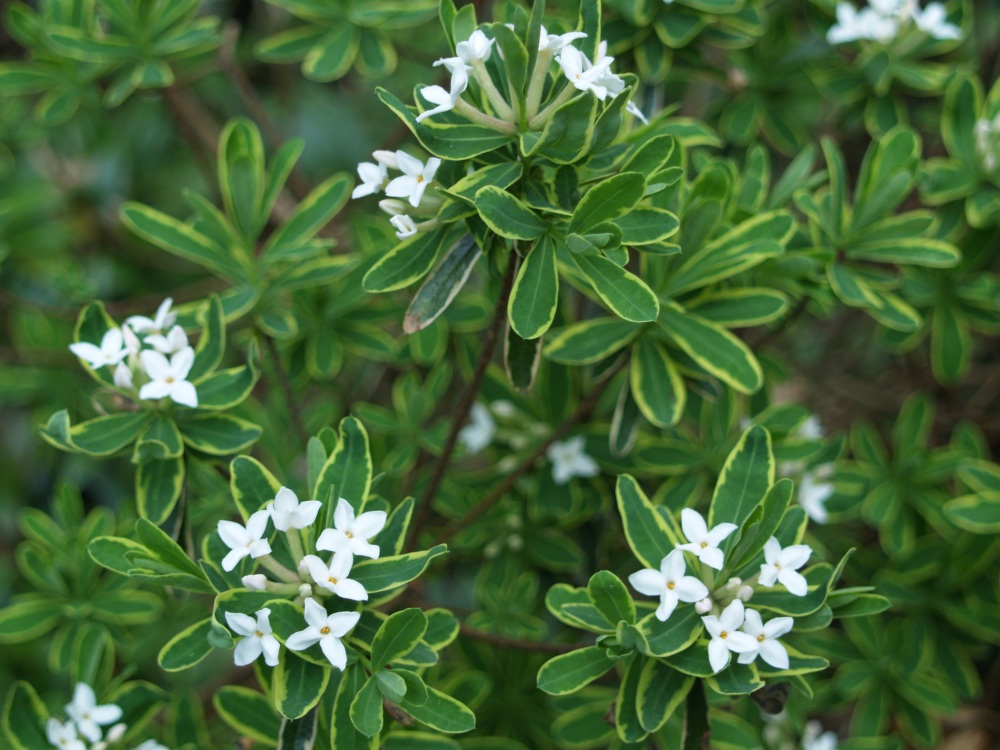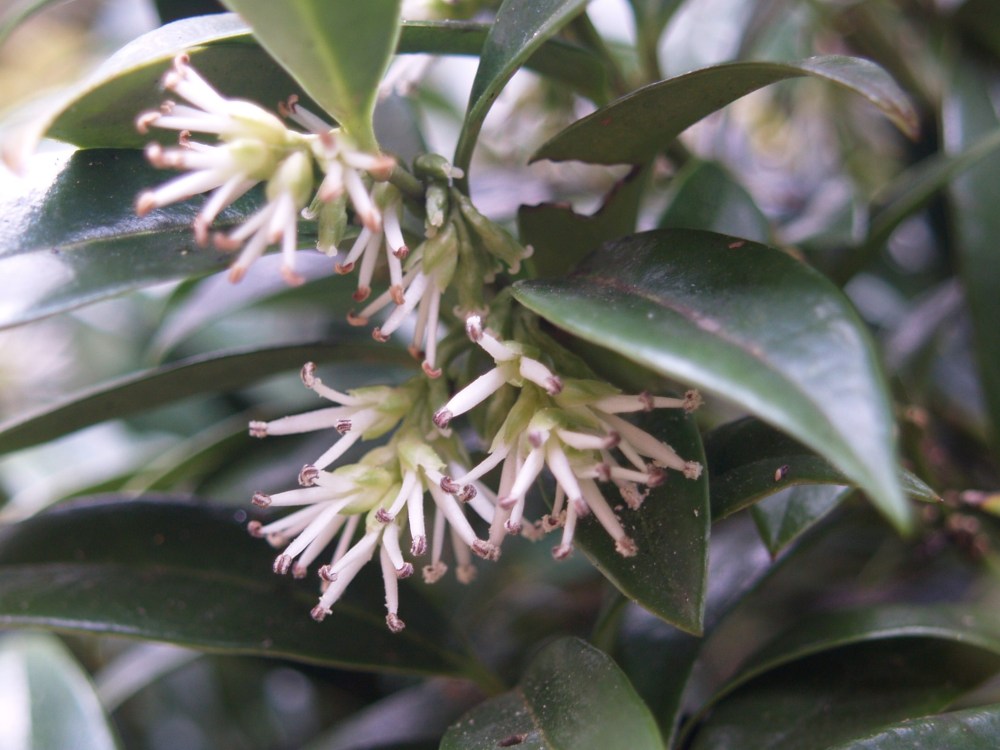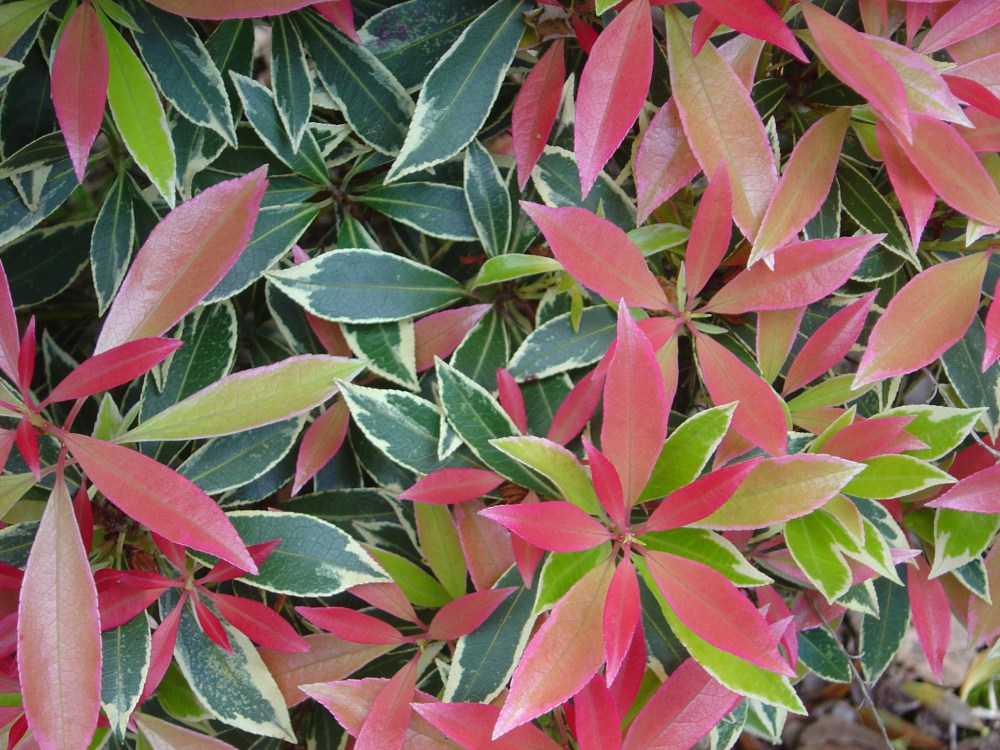There should be no argument. The gardener is advised to have a plan before visiting the garden center, to go in with a list, if not of specifics, at least one that broadly defines his needs. Perhaps it is enough to think “I need a flowering tree” or “a Japanese maple”, or “a screening evergreen”, and then see what best fills this need when you visit. But, if a list is not made, the gardener is likely to be seduced by lovely andromedas and daphnes, and once he hauls these treasures home, he’ll wonder, “where the heck do I plant these?” I do this all the time.

Usually, this ends well, for plants are most often forgiving of being shoehorned into tight spaces, or where the sun is not quite right. Occasionally, I’ll flub this and have to make it right a year later, but mostly plants cover for the idiots who plant them by growing into each other gracefully, and overcoming nuisances of not enough, too much sun, or whatever.
The short list that I’ve jotted down for planting this spring is not likely to be all I plant, but I don’t want to forget something, only to think of it in August and there are no more to be had. Despite a lack of space for anything larger than a small shrub, I’ve already ordered by mail and received several unusual Japanese maples and three small trees. The plan is for these to be planted in containers, to rest on patios until they someday grow large enough to be moved into the garden. That is, if a spot has opened up, and if not, the trees might grow old in a pot on the patio.

So, there’s no need to discuss trees further, but there are a few shrubs that I have a hankering for. In recent years, I’ve planted handfuls of hybrid daphnes, which have flowered from spring into autumn, and so far they haven’t been finicky, or at least not much. I suspect a ‘Carol Mackie’ (Daphne × burkwoodii ‘Carol Mackie’, above), that’s been around for ten years or more might be getting a bit too shaded, or perhaps competition from a slowly spreading sweetbox (Sarcococca hookeriana var. humilis, below) might be causing it to decline a bit. Just in case, another ‘Carol Mackie’ is on the spring list, to be planted in a slightly sunnier spot without an encroaching neighbor. I’m not sure where, but certainly a spot can be found somewhere in this acre garden.

If another, or any of a few other daphnes can be found, these will surely be added. I’ve failed a few times with the dwarfish, and apparently very particular Rock daphne, so that one’s out, but any other is a sure thing. And, there’s a new nandina with variegated leaves (Nandina domestica ‘Twilight’) that’s suggested as best in partial shade, which I have bunches of. I don’t expect there will be many of these around, but I only need a few, maybe several, or five. There’s also a curly leafed leucothoe (Leucothoe axillaris ‘Curly Red’) I have my eye on, and a variegated leaf andromeda (Pieris japonica ‘Flaming Silver’, below) to replace one that’s been too shaded for too long. It’s a lacebug magnet, as many andromedas are, but I can’t resist.

And, oh yes, before I wrap this up, I’ve moaned and groaned in recent years that the Winterberry hollies have no berries, and somewhere over the past decade the male pollinator disappeared. There’s no purpose in growing the deciduous hollies without berries, but since they berry in autumn and I’m buying in spring, I’ve forgotten for far too long. Now, it’s in writing, and there’s a chance I’ll remember when I’m in the garden center. If I’m not distracted.
Another nice blog Dave.
Thank you! 😀
So interesting. I love your trees and need to do more in terms of putting in more in our area, but I am always so concerned about the crisscross of wires and pipes under our yard. If the utility companies would only stay in the boulevards and the alleys, but instead they short cut across the yards. I did, though, make a list of what I had and what I needed in terms of seeds for the vegetable garden. I believe I have enough of last year’s for the flower area. Happy Gardening to you, we will be at least another month or more before the soil is warm.